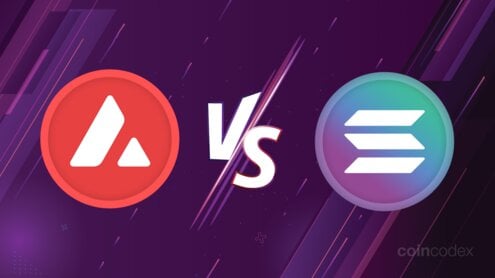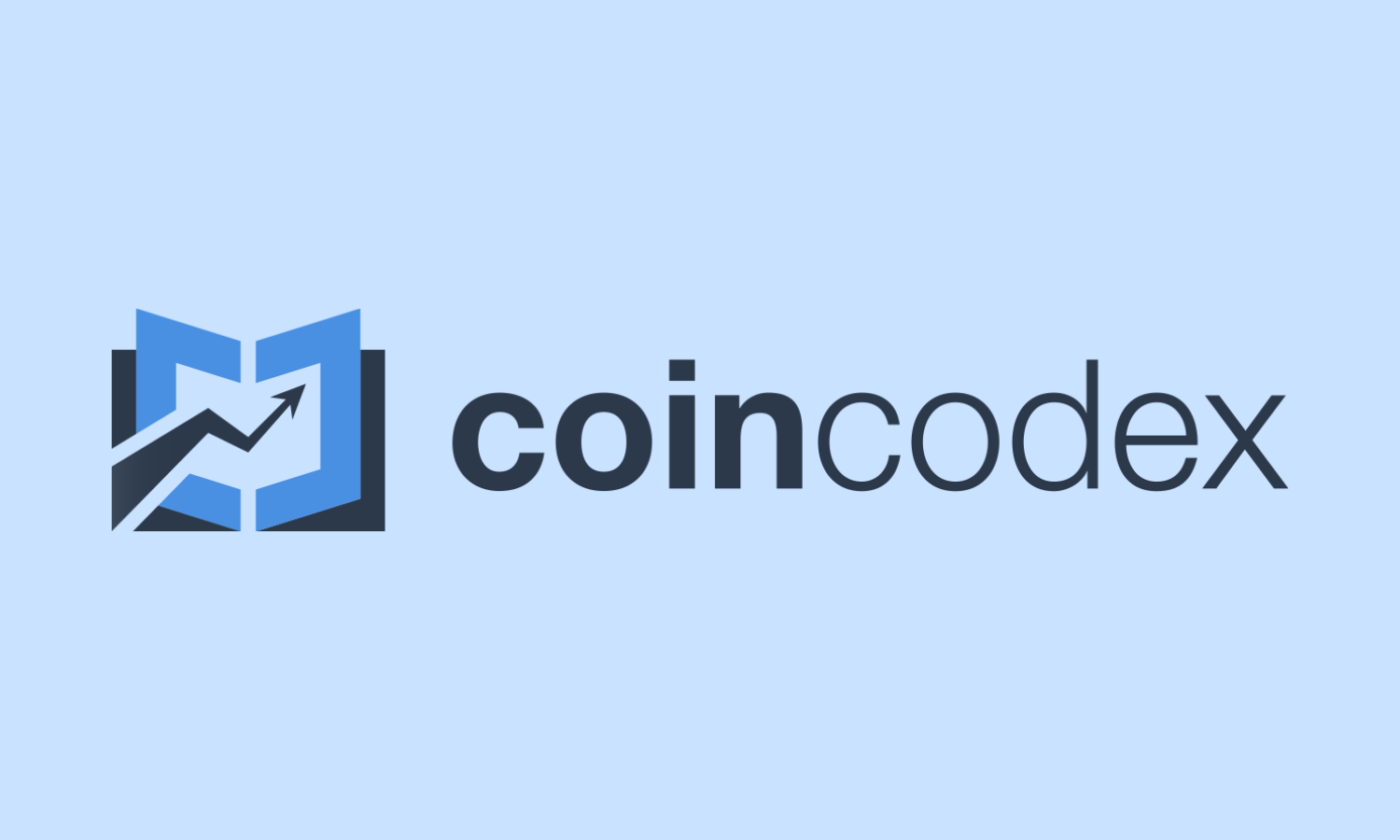Avalanche vs Solana: Which Is The Superior Blockchain?

Avalanche and Solana are among the most credible Ethereum competitors on the market today. The two blockchains are similar in terms of user experience, as they both offer very fast and cheap transactions to users transfering tokens and interacting with smart contracts.However, there’s also a number of key differences between Avalanche vs. Solana. In this article, we’ll compare the two projects and recommend which one you should choose based on your needs. Before we take a closer look at the differences between the two blockchains, let’s go through a quick comparison of Avalanche vs. Solana from a big-picture perspective.Data as of March 18, 2024.Avalanche (AVAX) is a highly scalable blockchain platform with support for smart contracts. The Avalanche mainnet first went live in September of 2020. One of the most unique features of Avalanche is that it supports Subnets, which are customizable networks that benefit from the security offered by Avalanche validators. A Subnet can consist of one or several blockchains.Avalanche’s Primary Network (which is a special kind of Subnet) consists of three blockchains:Notably, Avalanche’s C-Chain is compatible with EVM (Ethereum Virtual Machine). This means that it’s relatively easy for developers who are used to working with Ethereum to port their apps over to Avalanche, and they can use the popular development tools that are available in the Ethereum ecosystem. According to materials on the Avalanche project website, the Avalanche platform can handle more than 4,500 transactions per second, and transactions on the platform reach finality in 0.79 seconds on average.Solana (SOL) is also a highly scalable platform for smart contracts. It features Proof-of-Stake consensus and a unique Proof-of-History mechanism that makes Solana one of the most scalable blockchains on the market today. The Solana blockchain has demonstrated the capability of handling more than 5,000 transactions per second in real-world scenarios, but the Solana TPS has reached as high as 65,000 during testing. There are also plans that could see Solana reach a TPS count of over 600,000, but that remains mostly a theoretical concept.The primary language used in developing Solana smart contracts is Rust. Natively, Solana isn’t compatible with the Ethereum Virtual Machine. However, a project called Neon Labs is working on an EVM-compatible layer for smart contracts on top of the Solana blockchain.The Solana mainnet made its debut in March 2020, about half a year before Avalanche’s mainnet entered the scene. Solana’s native token SOL saw a huge price rally in 2021 but has seen a sharp price correction in the bear market of 2022 and 2023. However, the price recovered in a big way in 2024, with SOL reaching 80% of its ATH value as of this writing. Still, Solana could be a good investment even today.Both Avalanche and Solana employ a Proof-of-Stake mechanism to reach consensus on the state of the network. In addition, both blockchains are permissionless, which means that anyone can join the network as a validator, provided they meet transparent requirements. In other words, you don’t need special permissions from anyone if you want to run a validator on either Avalanche or Solana. At the time of writing, there’s about 1,850 validators on the Solana network. Avalanche has a comparable number of validators, currently at around 1,200. The requirement for operating as an Avalanche validator is 2,000 AVAX, which translates to about $121,800 at the time of writing. According to the Avalanche project documentation, these are the hardware requirements to run an Avalanche node:Meanwhile, the hardware recommendations for running a Solana validator are a lot more demanding. For example, you’ll need a 12-core, 24-thread CPU or better, as well as at least 128 GiB of RAM. For a full list of the recommended hardware specifications, please consult the Solana project documentation. In terms of SOL requirements, there is no minimum amount of SOL a validator must hold in order to operate. However, validators have to pay with SOL to send vote transactions, which can add up to as much as 1.1 SOL per day.Overall, Avalanche and Solana currently have similar levels of decentralization. Still, Solana’s stricter hardware requirements could hurt the project’s decentralization over the long term.Avalanche has a lively ecosystem of projects, especially when it comes to decentralized finance. According to the decentralized finance tracker DeFi Llama, Avalanche is the 7th largest blockchain in terms of TVL (total value locked) in decentralized finance protocols. At the moment, Avalanche’s TVL stands at a whopping $1.4 billion.Avalanche has plenty of native DeFi projects like Trader Joe, but several leading Ethereum-based DeFi protocols have also released versions of their protocols on Avalanche. This includes the likes of Aave, Curve, and SushiSwap.Here’s a small selection of notable projects building on Avalanche:Solana is also one of the most active blockchains today. The decentralized finance ecosystem is quite a bit bigger than Avalanche’s, with a TVL of $6.7 billion. In addition, Solana is much more popular when it comes to NFTs (non-fungible tokens).For example, the Magic Eden NFT marketplace has attracted a large userbase and has brought many NFT collectors and traders to Solana. Solana has benefited significantly from the high gas fees on Ethereum, which makes NFT trading prohibitively expensive.Here’s a selection of notable projects building on Solana:In terms of reliability, Avalanche has been a solid performer since its mainnet launch in September 2020. We were able to find one significant outage on the Avalanche platform, which happened in March of 2023 when the X-Chain and C-Chain blockchains temporarily went down.Reliability has been one of the key issues for Solana so far and is one of the main criticisms that the project has had to deal with. So far, the network has suffered about more than 10 major outages, which sometimes lasted for more than a day. The most recent Solana outage came in February 2024, when the network was down for nearly 5 hours.Avalanche and Solana are both high-quality blockchain projects and are among the most serious competitors in the smart contracts space. As we saw in our comparison of Solana vs. Avalanche, both platforms are a compelling option for anyone that wants to use a highly efficient layer-1 blockchain.If performance is of the utmost importance to you, Solana is likely the better choice. Although both blockchains are very fast and offer low transaction fees, Solana wins if we compare the two by raw performance.Avalanche has also had fewer issues with uptime, so if you place a lot of importance on availability, Avalanche is the better choice until Solana builds a better track record in this regard. Another reason why one would choose Avalanche over Solana is that the Avalanche C-Chain is compatible with EVM, which means it will be almost instantly familiar to those who have experience with Ethereum.If you’re looking to run a validator node, Avalanche might be the more accessible choice due to its lower hardware requirements. However, it still requires 2,000 AVAX, which many users won’t be able to justify. Running validators on either chain is suitable for advanced users with significant spare capital or companies that operate staking and validating services professionally. If you enjoyed our comparison of AVAX vs. Solana, and if you’re interested in more comparisons between leading blockchain projects, check out our articles comparing Ethereum vs Cardano and Cardano vs Solana.

Published on Other News Site





















